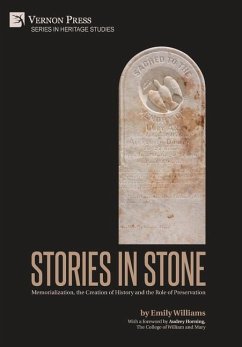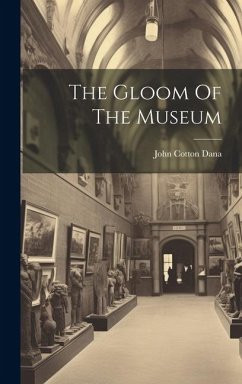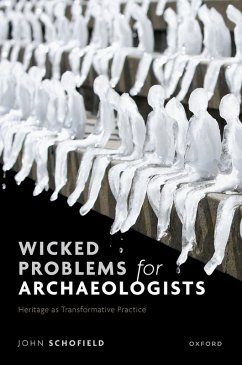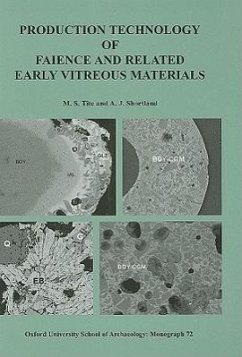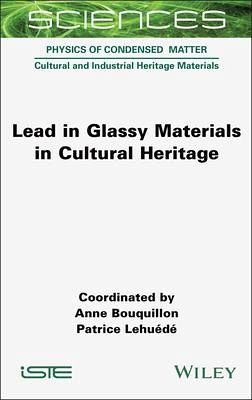
Lead in Glassy Materials in Cultural Heritage
Versandkostenfrei!
Versandfertig in über 4 Wochen
147,99 €
inkl. MwSt.
Weitere Ausgaben:

PAYBACK Punkte
74 °P sammeln!
Although the development of lead crystal was a major step in the history of glass in the late 17th century, the presence of lead in vitreous matrices (glass and glazes) is much older, dating back to the second millennium BCE. Lead in Glassy Materials in Cultural Heritage traces the history of these skills and also looks at the most recent developments in materials science concerning the role played by lead in the properties of glass, including coloring. It develops an understanding of weathering processes and notions of the durability of leaded glass. It also examines public health issues and ...
Although the development of lead crystal was a major step in the history of glass in the late 17th century, the presence of lead in vitreous matrices (glass and glazes) is much older, dating back to the second millennium BCE. Lead in Glassy Materials in Cultural Heritage traces the history of these skills and also looks at the most recent developments in materials science concerning the role played by lead in the properties of glass, including coloring. It develops an understanding of weathering processes and notions of the durability of leaded glass. It also examines public health issues and current recommended standards for the use of lead in industrial glass. This multidisciplinary book is intended for a wide audience: art and technical historians, museum curators, restorers, materials specialists, manufacturers and engineers.








